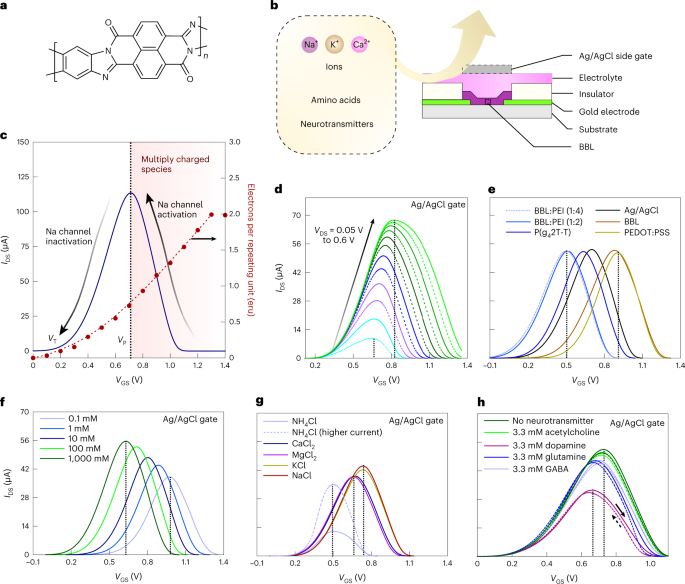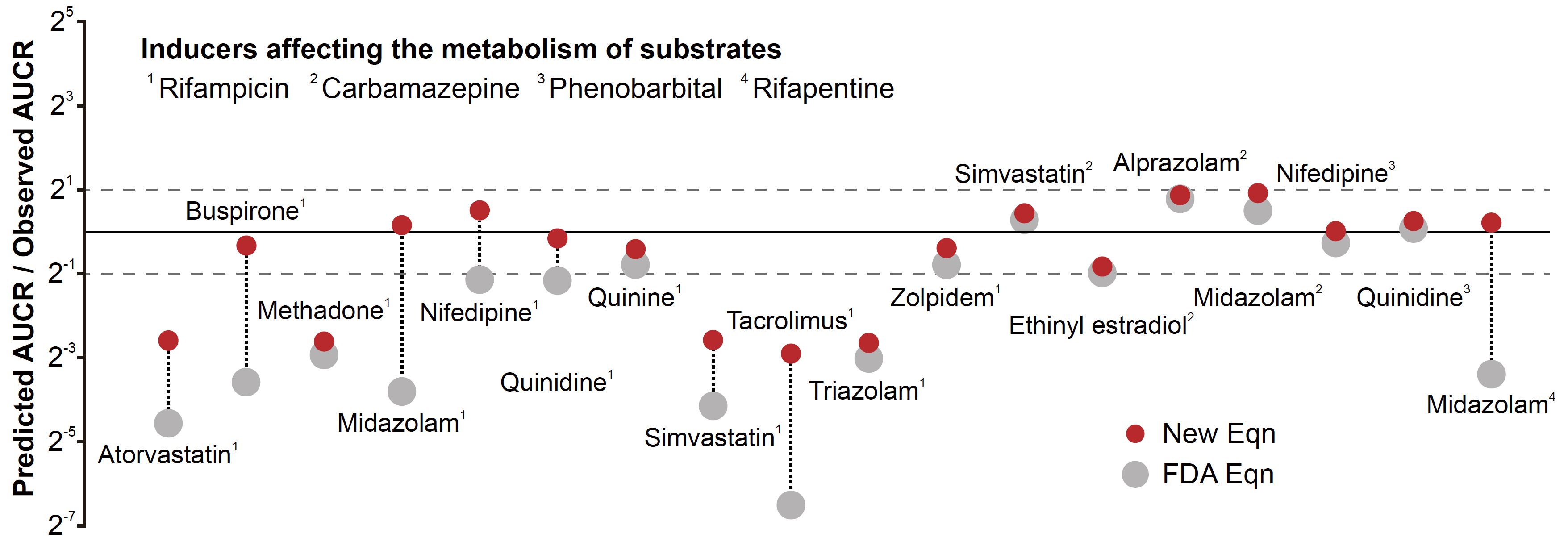EPFL、Ludwig Institute for Cancer Research、CHUV、Rocheの研究者は、チェックポイント阻害剤と新しい免疫サイトカインを組み合わせることで、免疫療法抵抗性のがんに対する闘いのブレークスルーを達成した。 By combining a checkpoint inhibitor with a new immunocytokine, scientists at EPFL, Ludwig Institute for Cancer Research, CHUV and Roche have made a breakthrough in fighting against immunotherapy-resistant cancers.
2023-01-13 スイス連邦工科大学ローザンヌ校(EPFL)
今回、科学者たちは、神経内分泌膵臓がんを持つマウスの抵抗性を打破する方法を発見しました。このがんは、チェックポイント阻害剤と呼ばれる免疫療法の一種に非常に耐性があります。チェックポイント阻害剤は、通常は免疫反応が強くなりすぎないようにするタンパク質を阻害しますが、免疫細胞(T細胞)ががん細胞を殺すのを妨げる可能性もあるため、患者は薬剤(チェックポイント阻害剤)の投与を受けます。
この研究は、EPFLのスイス実験がん研究所のDouglas Hanahanのグループが中心となり、Ludwig Institute for Cancer Research、ローザンヌ大学病院(CHUV)、スイスバイオインフォマティクス研究所、ロシュ社と共同で行われました。
研究者らは、免疫療法で使用されることが多くなっているイムノサイトカインと呼ばれるタンパク質と抗体の融合体の一種を評価しました。PD1-IL2vは、ロシュが新たに開発した免疫サイトカインで、腫瘍に取り込まれ、キラーT細胞を活性化し、腫瘍を増殖させているがん細胞を攻撃することができる。
研究グループは、免疫サイトカインPD1-IL2vと免疫チェックポイント阻害剤抗PD-L1を組み合わせることで、免疫療法抵抗性の腫瘍に対する抗腫瘍免疫を強化することに成功しました。「PD1-IL2vは、免疫チェックポイント阻害剤である抗PD-L1と併用すると、さらに効果的です」と、著者らは書いている。
この2つの分子を組み合わせることで、担癌マウスの生存率が向上し、バイスペシフィック免疫サイトカイン単体よりも持続的な治療効果を得ることができました。この併用療法は、免疫抑制性の腫瘍関連マクロファージや腫瘍血管系を再プログラミングし、免疫細胞ががんを「発見」しやすい状態にすることで治療効果を向上させたという。
<関連情報>
- https://actu.epfl.ch/news/drug-combo-breaks-down-cancer-resistance-to-immuno/
- https://www.cell.com/immunity/fulltext/S1074-7613(22)00642-2
PD1-IL2vと抗PD-L1の二重鎖は、幹細胞様腫瘍反応性CD8+T細胞の増強とマクロファージの再プログラミングにより腫瘍免疫抵抗性を打破する Bispecific PD1-IL2v and anti-PD-L1 break tumor immunity resistance by enhancing stem-like tumor-reactive CD8+ T cells and reprogramming macrophages
Mélanie Tichet,Stephan Wullschleger,,Agnieszka Chryplewicz,Nadine Fournier,Rachel Marcone,Annamaria Kauzlaric,Krisztian Homicsko,Laura Codarri Deak,Pablo Umaña,Christian Klein,Douglas Hanahan
Immunity Published:JANUARY 10, 2023
DOI:https://doi.org/10.1016/j.immuni.2022.12.006

Highlights
•PD1-IL2v promotes and expands pre-existing stem-like and tumor-reactive CD8+ T cells
•PD1-IL2v treatment leads to tumor regression that can be sustained by anti-PD-L1
•Anti-PD-L1 reprograms immunosuppressive TAMs and tumor vasculature to be pro-inflammatory
•Anti-PD-L1 synergizes with PD1-IL2v to improve the efficacy of tumor immunotherapy
Summary
Immunotherapies have shown remarkable, albeit tumor-selective, therapeutic benefits in the clinic. Most patients respond transiently at best, highlighting the importance of understanding mechanisms underlying resistance. Herein, we evaluated the effects of the engineered immunocytokine PD1-IL2v in a mouse model of de novo pancreatic neuroendocrine cancer that is resistant to checkpoint and other immunotherapies. PD1-IL2v utilizes anti-PD-1 as a targeting moiety fused to an immuno-stimulatory IL-2 cytokine variant (IL2v) to precisely deliver IL2v to PD-1+ T cells in the tumor microenvironment. PD1-IL2v elicited substantial infiltration by stem-like CD8+ T cells, resulting in tumor regression and enhanced survival in mice. Combining anti-PD-L1 with PD1-IL2v sustained the response phase, improving therapeutic efficacy both by reprogramming immunosuppressive tumor-associated macrophages and enhancing T cell receptor (TCR) immune repertoire diversity. These data provide a rationale for clinical trials to evaluate the combination therapy of PD1-IL2v and anti-PD-L1, particularly in immunotherapy-resistant tumors infiltrated with PD-1+ stem-like T cells.


